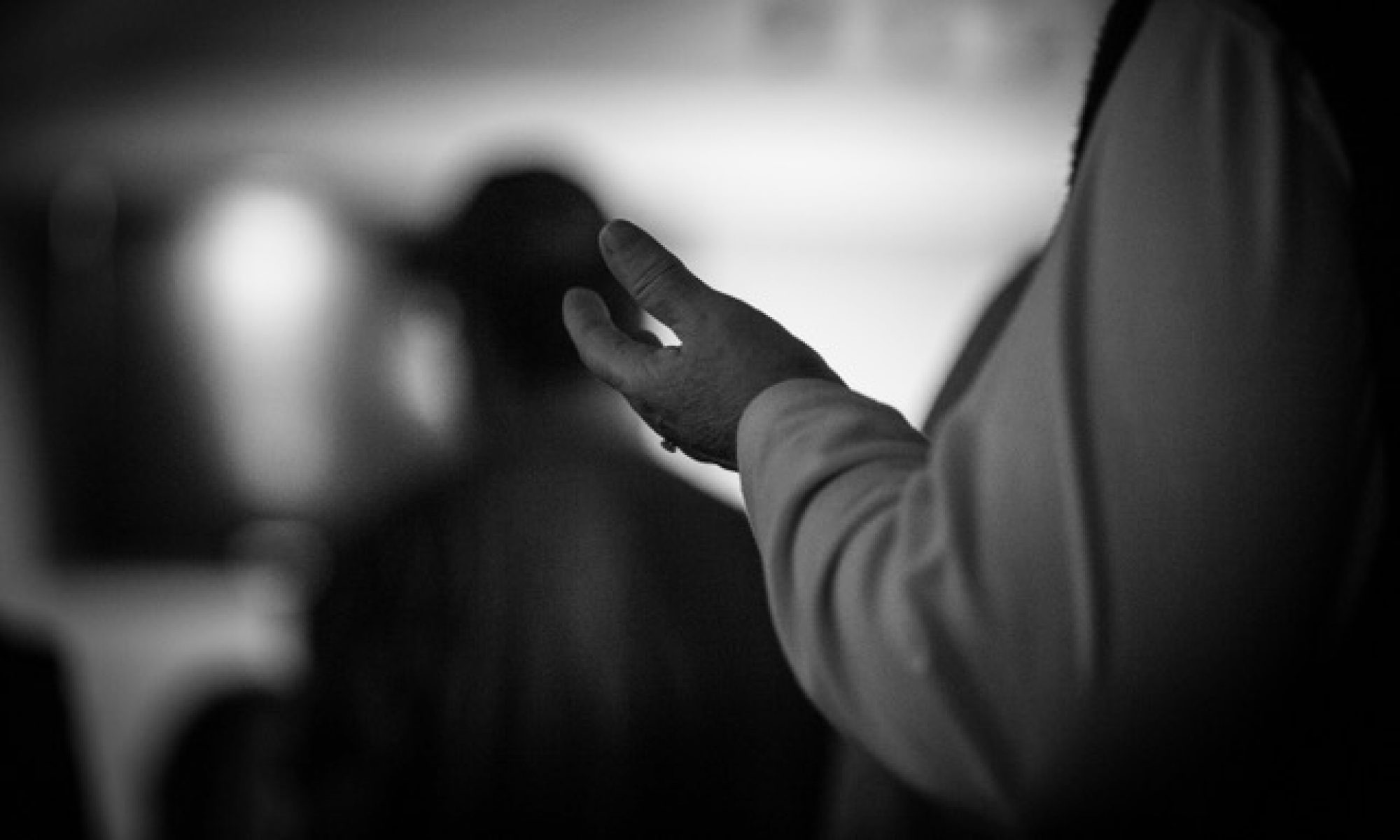Question: What is the “Garment of Praise?” Is this part of the armor of God (Ephesians 6:11, 14-17)? Isaiah 61:3 “To console those who mourn in Zion, to give them beauty for ashes, the oil of joy for mourning, the garment of praise for the spirit of heaviness; that they may be called trees of righteousness, the planting of the Lord, that He may be glorified.” (KJV)
If you have not read last week’s part 1, I would strongly encourage you to do so before continuing on in this reading. Find it on fcmayville.org
This is part of a comparing and contrasting. Isaiah 61:1-3, “The Spirit of the Sovereign LORD is on me, because the LORD has anointed me to proclaim good news to the poor. He has sent me to bind up the brokenhearted, to proclaim freedom for the captives and release from darkness for the prisoners, to proclaim the year of the LORD’s favor and the day of vengeance of our God, to comfort all who mourn, and provide for those who grieve in Zion—to bestow on them a crown of beauty instead of ashes, the oil of joy instead of mourning, and a garment of praise instead of a spirit of despair. They will be called oaks of righteousness, a planting of the LORD for the display of his splendor.” Not bound but free. Not in darkness, but in light. Not mourning but joy. Not a spirit of despair but a garment of praise. Praise literally means honor, commendation, and worship.
Besides this, because you specifically asked about the “garment of praise”, let’s look at the cultural significance of garments that the people of Isaiah’s time would have understood. In ancient Israel, garments and clothing were often used symbolically to represent various states of being, emotions, and societal roles. Wearing a “garment of praise” would signify joy, celebration, and thanksgiving, contrasting with garments of mourning or sackcloth, which represented sorrow and repentance. This is symbolic of a significant change in the people, it’s an outward expression of an inward change, reflecting God’s promise to restore and bless His people, moving them from sorrow to joy. Some scholars believe that the “garment of praise” could signify being prepared and set apart to worship and give thanks to God. So the garment of praise is a metaphor that the people being spoken to would have understood.
Consider the way people typically dress at a funeral, in all black representing a state of sadness and mourning. At times I’ve gone to funerals and the family has asked that we dress in bright colors to represent the joy that loved one is experiencing now being home with the Lord. Likewise, I’ve been to birthday parties where I’ve been given a colorful hat to wear representing a celebration of fun and happiness. At graduations and weddings people often dress in their nicest clothes representing the honor for those involved and significance for what is transpiring. We understand this concept quite well in today’s society.
The other day we went to dinner with some friends and the wife was quite cold and shivering. Her husband took and draped his jacket over her to warm her up as we sat at dinner. Consider a garment of praise like this. When you’re in sorrow, when you’re mourning, Jesus gives you His jacket of praise so to speak to help you. He brought comfort, peace, joy, and restoration to the weak and weary. But just as my friend could have refused her husbands jacket and stayed cold, we Christians can choose to refuse to live in the joy and participate in the praise of thanksgiving that comes with making Jesus the Lord of our lives.
Both the garment of praise and the armor of God are metaphorical, meant to give the readers truth and principles but they are not one in the same. Both represent the idea that we have a choice to make in living differently because of who our Lord is. The idea of the garment of praise is a beautiful visual of the hope, joy and peace that Jesus brought to the world, whereas the idea of the armor of God is about Christians taking a stand against the schemes of the devil and standing firm in their faith. Both are significant and both would be good for us to understand. Perhaps next week I’ll do a part 3 and speak more to the meaning behind the armor of God.
Be Blessed,
Pastor Renée

